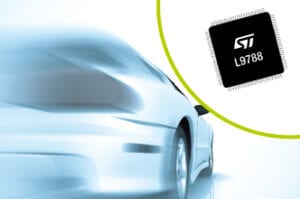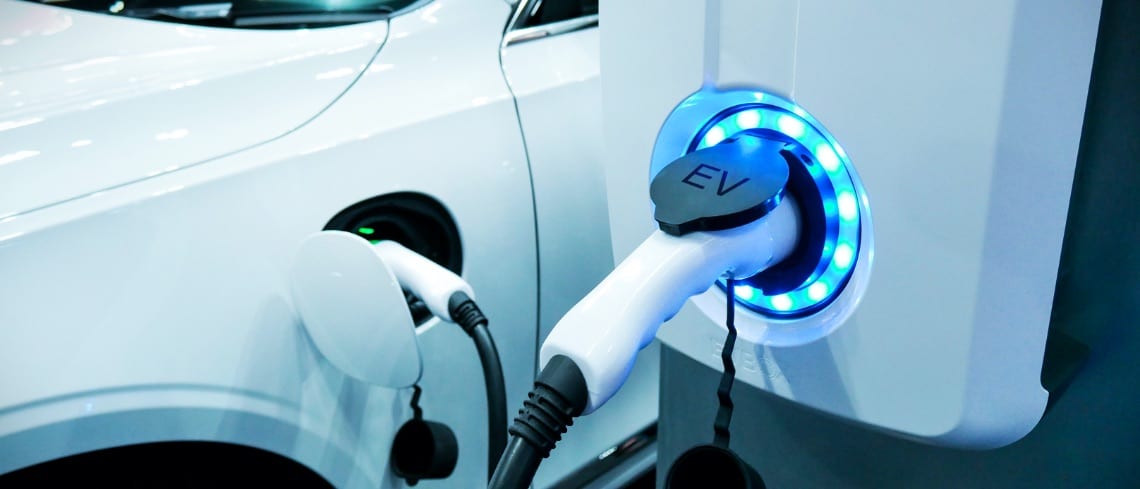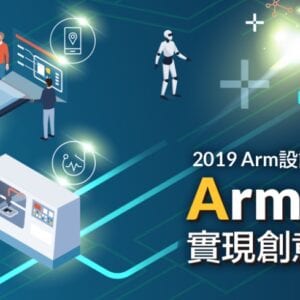New Energy Vehicles (NEV) are transforming the industry, and China is at the forefront of this revolution, which is why we thought of looking at two ST products, the L9788, and the L9963, conceived in coordination with our teams in the Middle Kingdom. The former is a multifunction IC that sits at the center of vehicle control units (VCU) like our VCU Reference Kit V10. The latter is a battery management IC for automobile applications that can monitor up to 14 cells in vehicles that use up to 800 V with cascaded topology, meaning that the device can easily support mainstream electric cars and even larger vehicles. They are part of our overall strategy to respond to these new trends, along with the recent opening of an ST competence center for Asia Pacific.
NEVs are nothing new in China as a scholarly paper from 2012 showed that the government launched policies favoring their progress as early as 19951. In 2015, the country surpassed the United States in terms of volume, and last December 2019, the Ministry of Industry and Information Technology hoped that NEVs would represent 25% of car sales in the Middle Kingdom by 2025. This category of vehicles includes battery electric vehicles (BEVs), plug-in hybrids (PHEVs), and fuel cell electric vehicles (FCEVs). The Chinese market already holds the record for the number of light-duty plug-ins as well as the number of electric buses. Yet, consumers also follow worldwide trends and show a preference toward electric SUVs or crossovers with the BYD Tang PHEV SUV occupying the top five rows of annual sale charts.
L9788: Innovation Starts With an Ecosystem or the Power Behind Evaluation Boards and Microcontrollers

The statistics above explain, in part, why we worked on the specifications of the L9788 with our Chinese teams. Its strength resides in its ability to offer peripherals for power supplies and signal preprocessing devices. The integrated all-in-one architecture vastly simplifies designs and can shorten developments, which is an important consideration when dealing with a booming market, like we are currently witnessing in China. Indeed, large companies must quickly take advantage of these devices to stay competitive while also lowering sticker prices to appeal to a broader consumer base. Moreover, by making our solutions more accessible, we enable tier 2 and tier 3 companies to disrupt the market with their innovations.
It’s to champion this spirit that we came up with the EVAL-L9788 evaluation board, which can serve as a starting point for a custom design since we provide schematics and our bill of materials. It is possible to use the jumpers on board to configure it, and it even includes protections against short-circuits, over-current, and over-temperatures, to ensure a robust development platform. It can also connect to the SPC56M-Discovery kit to further push any proofs-of-concept and take advantage of the entire ST ecosystem. ST also provides an application note to help designers use an L9788 to drive a typical load in VCU application with full validation on electrical, thermal, and reliability. We know that smaller teams are especially sensitive to these solutions because it can help them match or even surpass the feature sets provided by larger companies without necessitating massive investments.
L9963: Disruption Begins With a Scalable Product Line or the Power of Integrated ICs
Another device that we launched in coordination with our Chinese teams is the L9963, which transmits its information through SPI to offer a comfortable and familiar way for developers to process its signals. It’s our first public cell management solution, and it distinguishes itself with an accuracy of ±2 mV and the absence of desynchronization delay for fast sampling and simpler designs. The device can also manage data from seven external negative temperature coefficient (NTC) thermistors, thus offering more information to the main controller to enable the creation of more complex applications. Additionally, it is possible to daisy chain 31 L9963 to monitor a total of 434 cells and sample them in less than four milliseconds, while only necessitating only one microcontroller despite the extensive aspect of such a setup.
An advantage of the ST ecosystem that shines through in the L9963 is its scalability. The device received an AEC-Q100 qualification for automotive, but it can also integrate electric bikes or scooters. The ability to reuse the same component in a multitude of NEVs is a massive gain because companies reduce the number of parts they must qualify, and their teams work with ICs and tools they are familiar with, thus saving time and improving reliability. When a market, like NEVs in China, is growing at such a fast pace, and the rate of innovation is so intense, being able to reuse devices is an asset that is too often rare. Additionally, as companies grow mindful of their environmental impact, the L9963 helps them manage their inventories, optimize their operations, and reduce wastes.
- Gong, Huiming & Wang, Michael & Wang, Hewu. (2012). New energy vehicles in China: Policies, demonstration, and progress. Mitigation and Adaptation Strategies for Global Change. 19. 10.1007/s11027-012-9358-6. ↩︎




